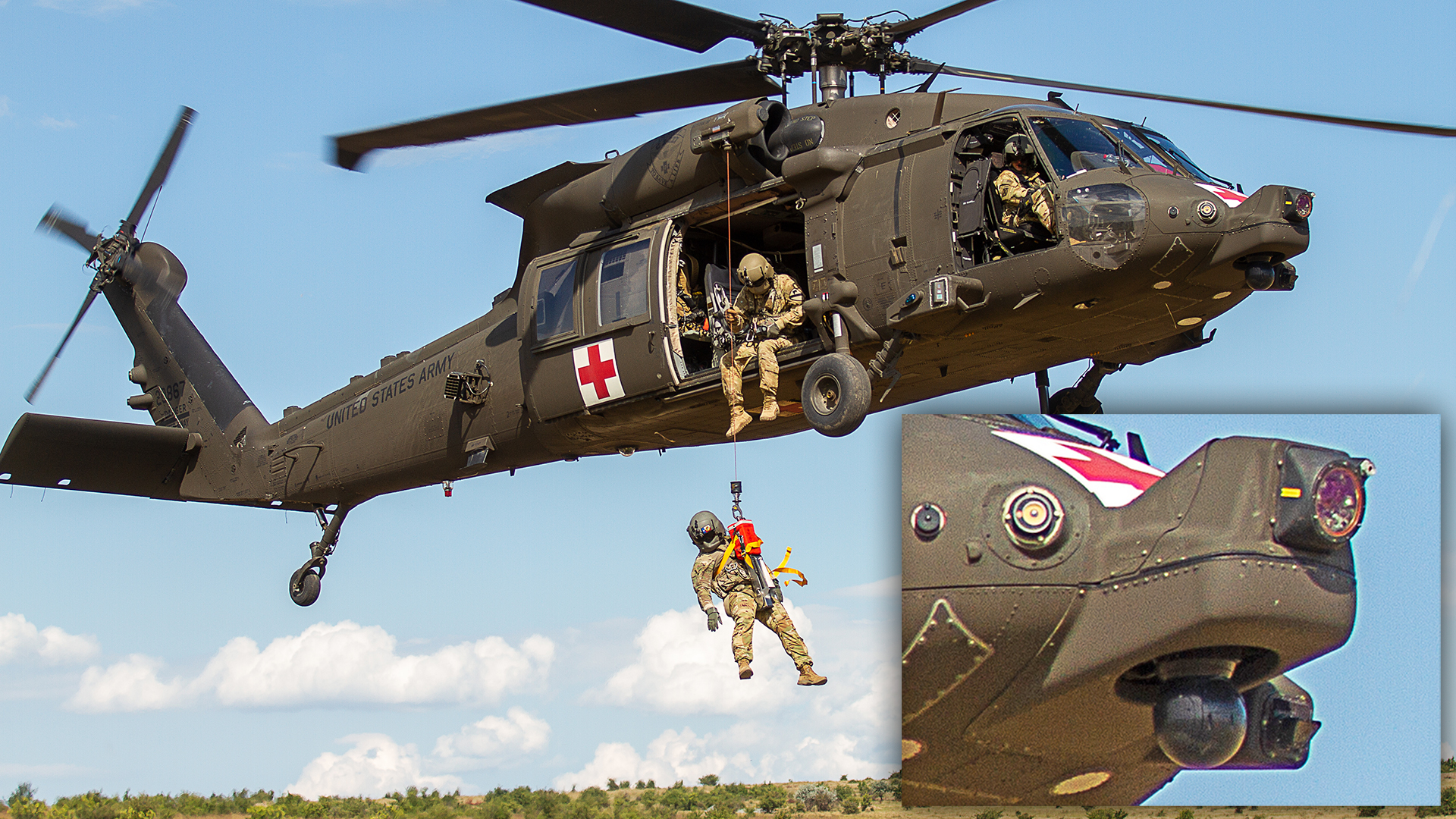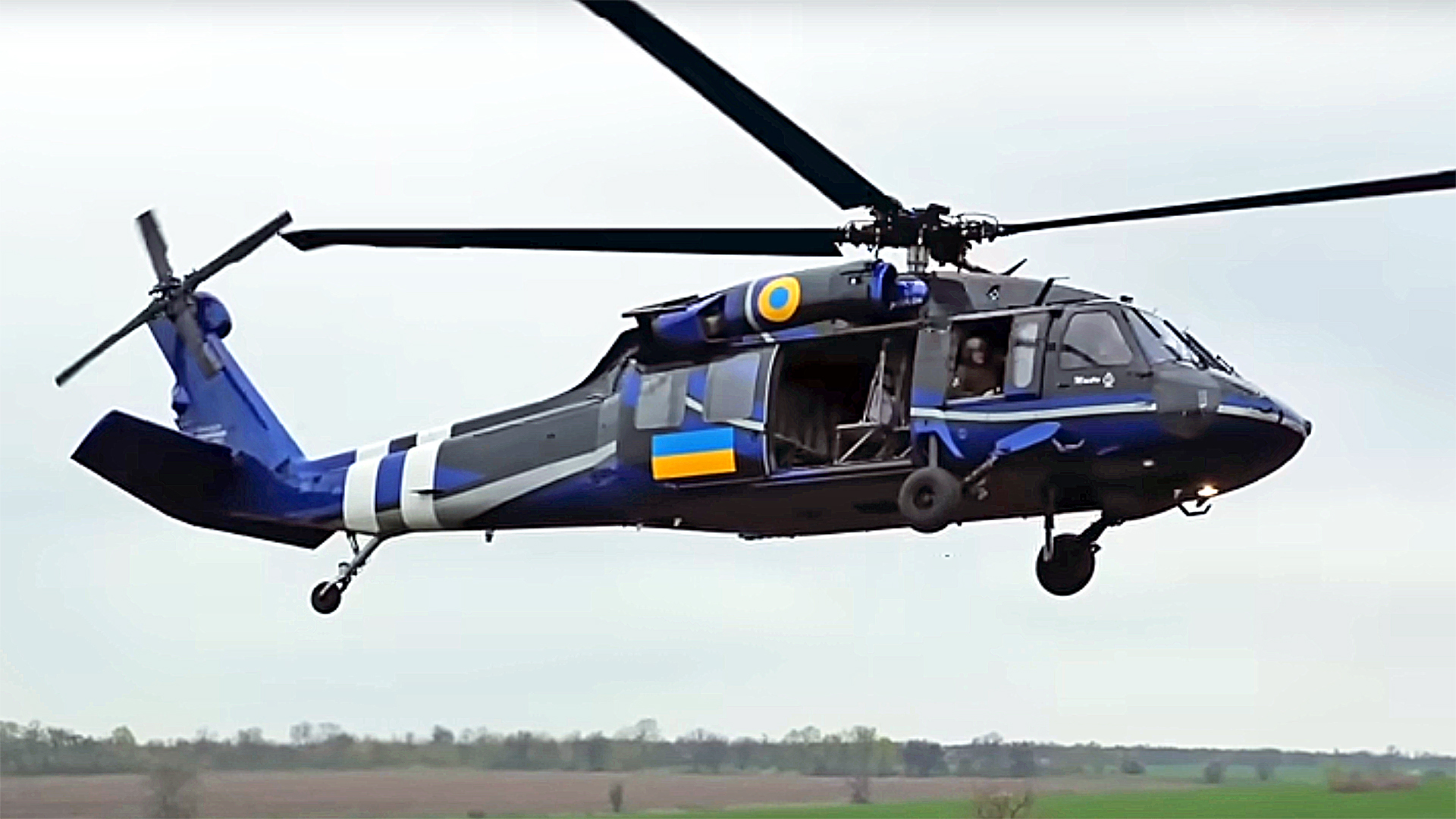Exploring the Background and Advancement of the UH 60 Helicopter

Origins of the UH-60
The beginnings of the UH-60 helicopter can be mapped back to the late 1960s, a period marked by the requirement for a functional utility airplane that can adapt to the progressing demands of contemporary warfare. The U.S. Military recognized the requirement for a replacement for the older UH-1 Iroquois, which was ending up being increasingly poor for the intricacies of modern combat situations. In 1967, the Military launched the Energy Tactical Transportation Airplane System (UTTAS) program, which sought to establish a multi-role helicopter capable of different objectives, consisting of army transportation, clinical emptying, and logistical support.
The UH-60 Black Hawk was introduced, showcasing cutting-edge style elements and progressed modern technology that set it apart from its precursors. The UH-60 promptly acquired recognition for its robust efficiency, dependability, and flexibility, paving the method for its considerable use in military procedures and solidifying its status as a cornerstone of U.S. Army aeronautics.
Secret Design Attributes
Cutting-edge style functions of the UH-60 Black Hawk substantially contribute to its functional efficiency. One of one of the most significant aspects is its twin-engine setup, which enhances dependability and gives a higher power-to-weight proportion, enabling the helicopter to execute under different problems. The airplane's four-blade main blades system supplies improved lift and ability to move, necessary for tactical missions.

Additionally, the cabin is created for optimal presence and comfort designs, featuring innovative avionics that improve pilot procedures. The modular layout of the UH-60 permits easy upkeep and versatility, making it suitable for numerous objective profiles, from army transport to medevac operations. These crucial design attributes make sure that the UH-60 Black Hawk stays a versatile and trusted property in army aeronautics, capable of satisfying the demands of modern-day warfare.
Technological Improvements
Current technological advancements in the UH-60 Black Hawk have substantially boosted its operational capabilities and versatility. The integration of sophisticated avionics, such as electronic trip control systems and improved situational understanding display screens, permits pilots to run with raised precision and effectiveness. These systems help with enhanced navigation, communication, and information sharing, enabling the helicopter check to work properly in varied environments.
Additionally, the introduction of composite materials has decreased the general weight of the aircraft while preserving structural stability. This reduction improves fuel effectiveness and prolongs functional variety. The consolidation of advanced blades modern technology, consisting of making use of four-blade, totally expressed blades systems, has actually enhanced lift efficiency and maneuverability, enabling for better handling in various flight conditions.

Moreover, improvements in propulsion systems, such as the T700-GE-701D engines, have boosted power outcome and integrity - uh 60. These engines add to remarkable performance in hot-weather and high-altitude conditions
Lastly, the integration of self-defense systems and boosted sensing unit bundles enhances the Black Hawk's survivability and goal performance. Collectively, these technological renovations make certain that the UH-60 Black Hawk remains an essential property in contemporary air travel, efficient in adapting to the evolving demands of humanitarian and military missions.
Function in Military Procedures
As the foundation of U.S. Army air travel, the UH-60 helicopter plays an important role in various military operations, acting as a functional system for fight assistance, transportation, and medevac goals - uh 60. Its style incorporates the capability to operate in diverse settings, making it vital for troop activity and logistical assistance in both standard and unique war

In medical emptying situations, the UH-60 has actually confirmed indispensable, dramatically reducing the time to move wounded soldiers from the battleground to find more info clinical centers. Its innovative avionics and evening vision capacities even more ensure objective success under difficult problems. In general, the UH-60 helicopter continues to be an essential property, constantly adapting to meet the progressing demands of military operations and enhancing the performance of U.S. pressures worldwide.
Future of the UH-60
Looking in advance, the future of the UH-60 helicopter entails considerable developments in innovation and abilities made to enhance its functional performance. As army procedures advance, the UH-60 is anticipated to integrate innovative modern technologies, including enhanced avionics, boosted tools systems, and progressed communication tools. These enhancements will enable greater situational awareness and objective adaptability, ensuring that the UH-60 stays an essential possession on the field of battle.
One notable development is the integration of fly-by-wire systems, which will boost flight control precision and lower pilot work. Additionally, initiatives to upgrade the airframe and engines intend to enhance array, haul, and speed capacity, thereby broadening the helicopter's functional range (uh 60).
The future also holds guarantee for raised interoperability with unmanned airborne systems (UAS), enabling coordinated goals that take advantage of both manned and unmanned capacities. Furthermore, the her response consolidation of synthetic intelligence and artificial intelligence could enhance flight characteristics and maintenance processes, causing minimized operational costs.
Conclusion
The UH-60 Black Hawk helicopter represents a substantial success in armed forces aviation, evolving from the united state Army's first needs for a versatile utility aircraft. Its innovative layout functions and constant technological innovations have actually ensured its importance in various military procedures over the decades. As the demands of contemporary war modification, the future of the UH-60 will likely entail more improvements and adjustments, reinforcing its condition as a crucial asset for militaries worldwide.
The UH-60 Black Hawk helicopter stands for a substantial milestone in military aviation, emerging from the United state Army's mission for a much more flexible and reliable energy aircraft in the late 20th century.The beginnings of the UH-60 helicopter can be mapped back to the late 1960s, a period noted by the requirement for a flexible energy airplane that might adjust to the progressing demands of contemporary war. In general, the UH-60 helicopter stays a crucial possession, continuously adapting to meet the advancing demands of army procedures and enhancing the performance of U.S. pressures worldwide.
Looking ahead, the future of the UH-60 helicopter entails significant innovations in modern technology and capacities developed to enhance its operational effectiveness.The UH-60 Black Hawk helicopter represents a substantial success in armed forces aviation, advancing from the United state Military's first requirements for a flexible energy aircraft.